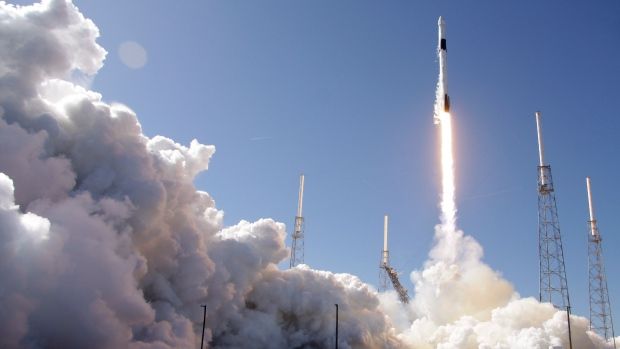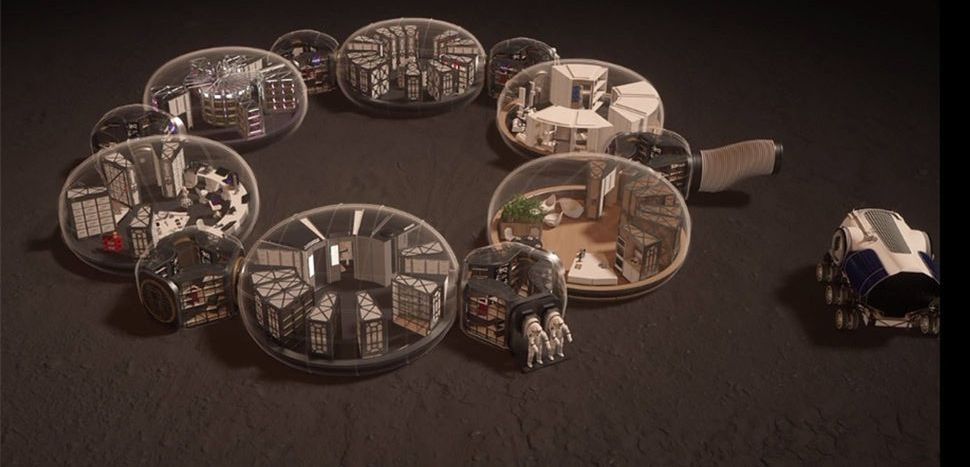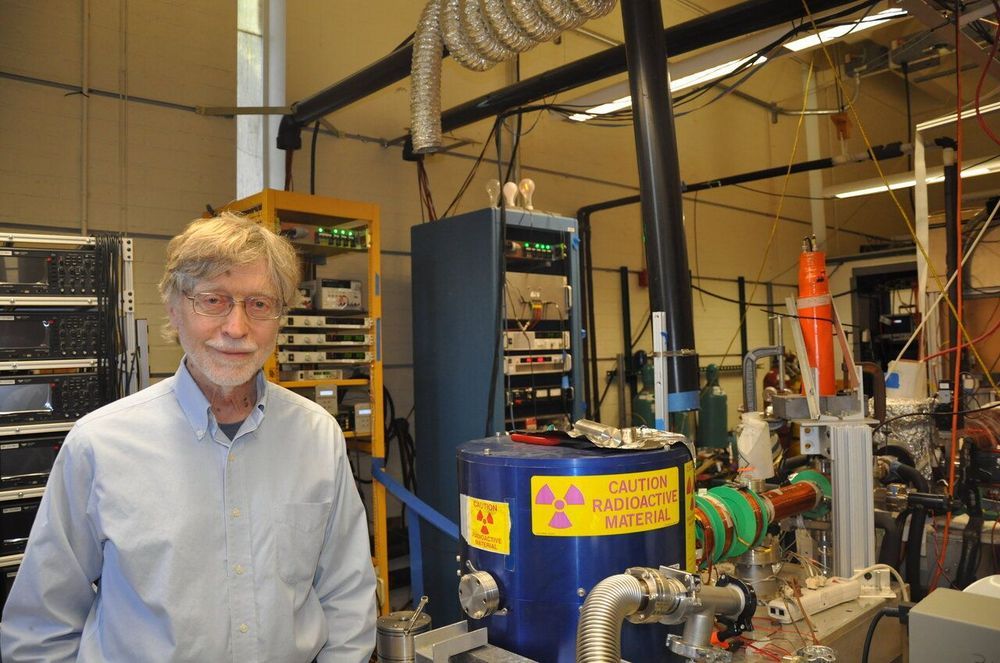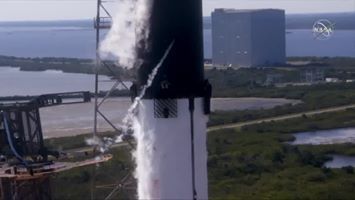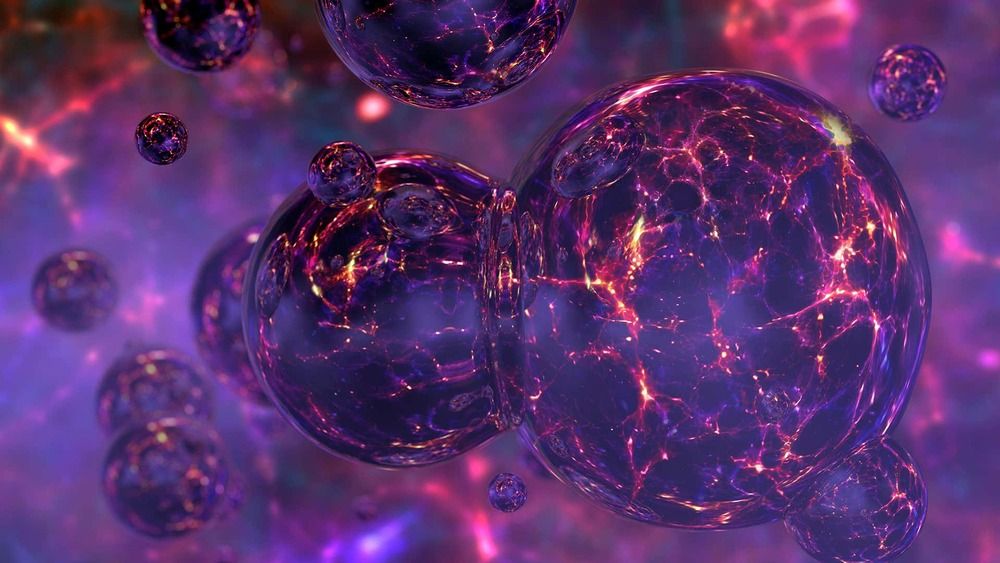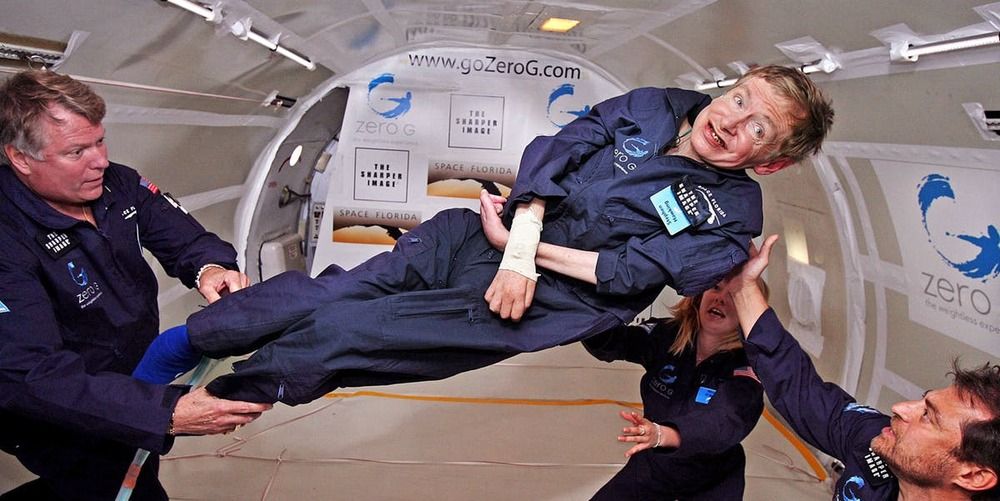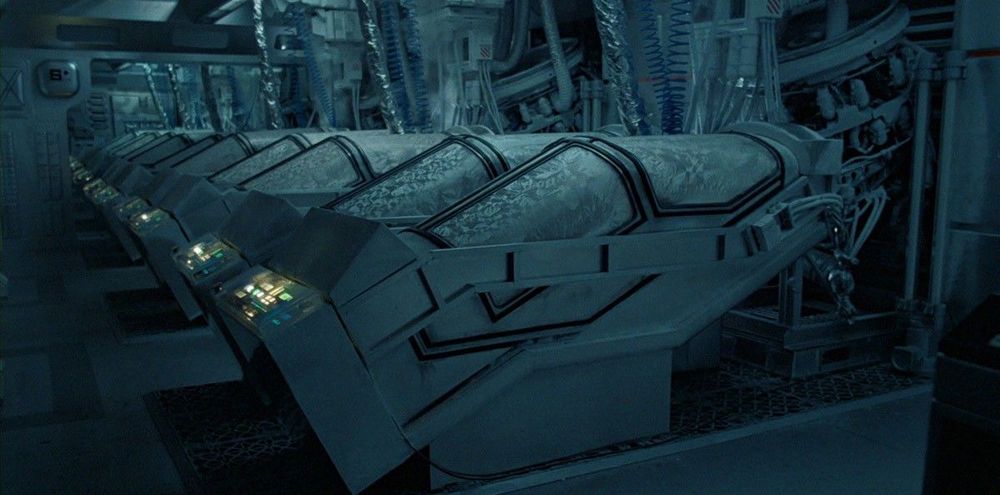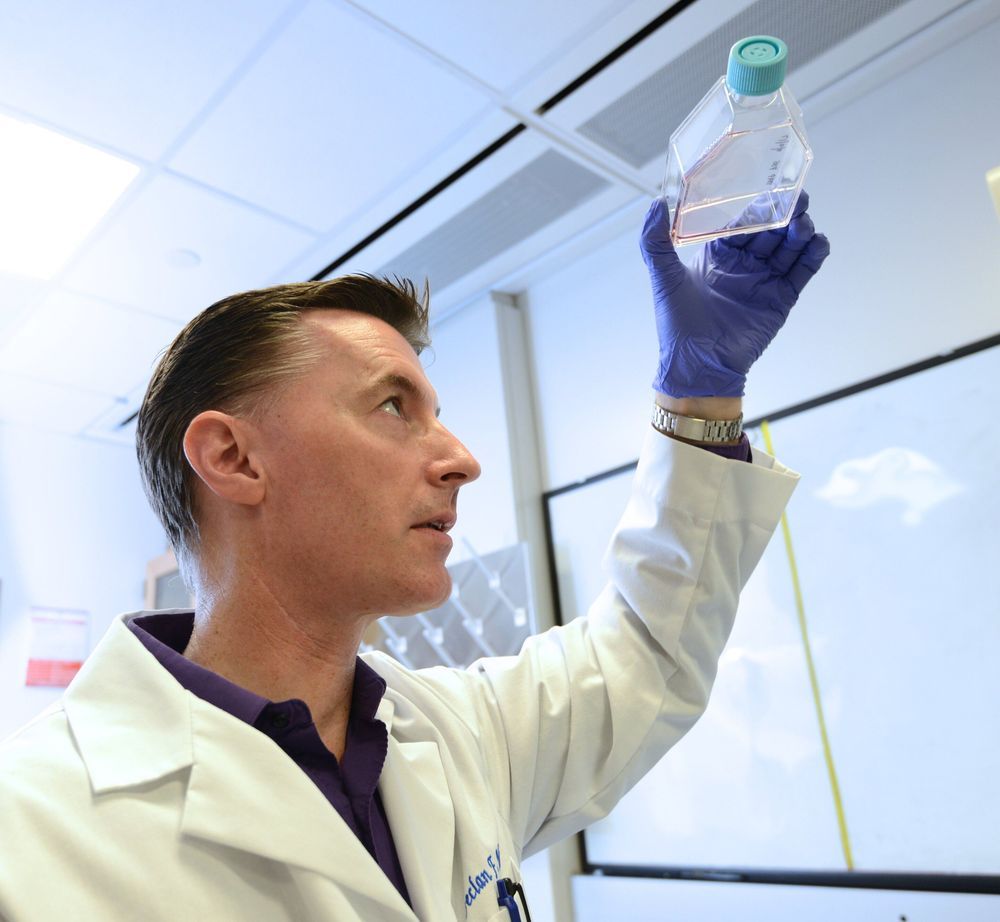CAPE CANAVERAL, FLA. — SpaceX made an early holiday delivery to the International Space Station on Sunday, bringing muscle-bound “mighty mice,” pest-killing worms and a smart, empathetic robot.
The station commander, Italy’s Luca Parmitano, used a large robot arm to grab onto the Dragon three days after its launch from Cape Canaveral. The two spacecraft soared 260 miles (420 kilometres) above the South Pacific at the time of capture.
“Whenever we welcome a new vehicle on board, we take on board also a little bit of the soul of everybody that contributed to the project, so welcome on board,” Parmitano told Mission Control.
